The country house revisited
From planning consents to carbon emissions, or else landscaping the garden, Lisa Freedman goes in search of elegant solutions to period design problems

For many, the English country house – fine-boned Georgian, sturdy Elizabethan or neatly proportioned Queen Anne – represents the pinnacle of property ownership, a romantic reminder of another age. Today most of us, of course, experience these grand historic homes as guests of the National Trust, but there remains a significant appetite to occupy them on a more permanent basis.
“There are still plenty of private individuals pursuing country property perfection,” says Edward Rook, partner and Head of the Country Department at Knight Frank. “The privacy, the tranquillity and the amazing sense of arrival make them the ultimate status symbol, not to mention their rarity.”
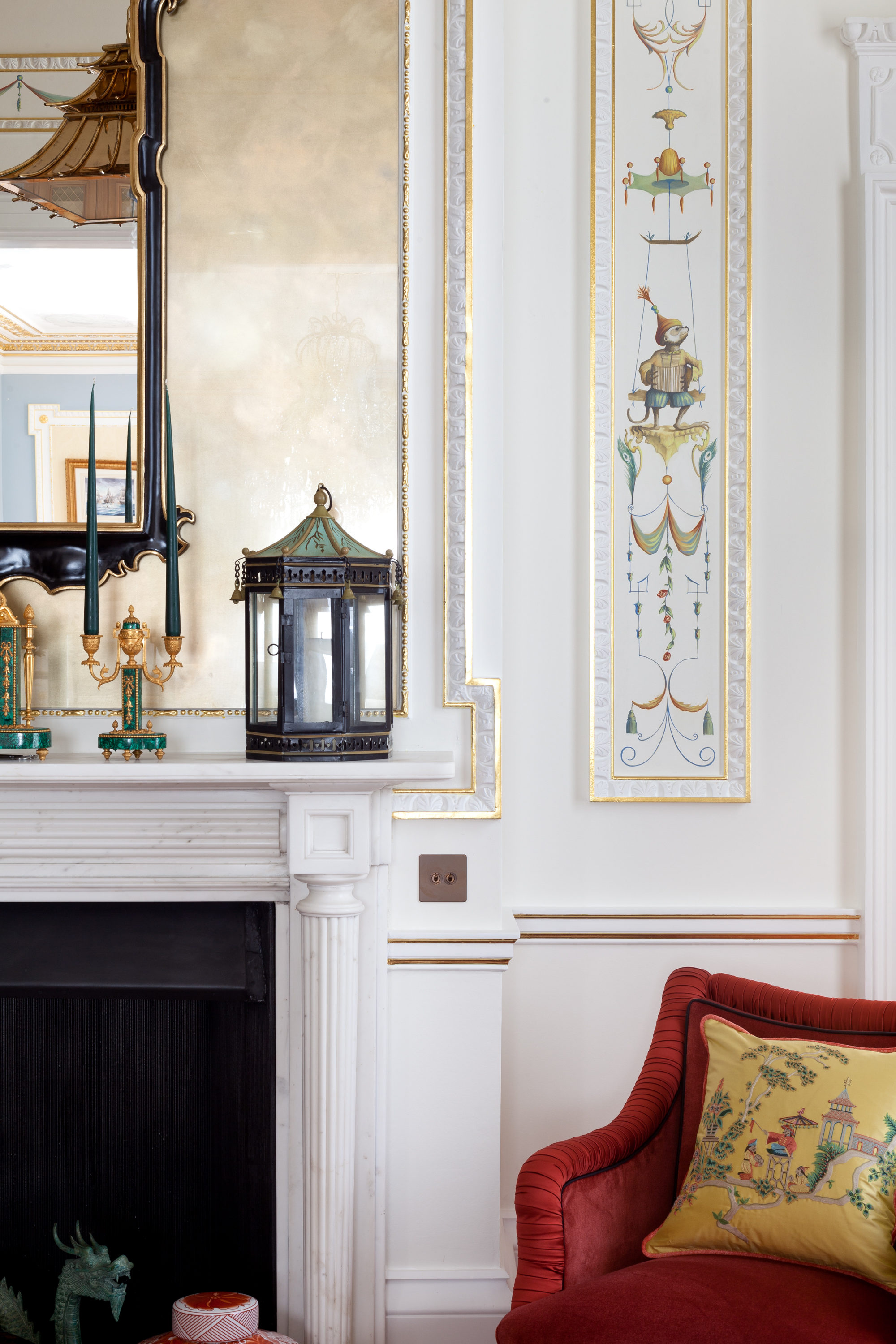

Balancing passion and practicality
Purchasing a piece of English heritage is not, however, for the faint-hearted. “As well as the many restrictions that accompany a period listing, these houses come with heavy maintenance costs and are generally far from energy- efficient. It’s often not about spending £1m and getting £2m back. It’s a thing of passion.”
But the passion is generally accompanied by practicality, and Karen Howes, co-founder of award- winning design studio Taylor Howes Design, has seen a growing appetite for country estates and a demand for these meet the highest standards of interior design.
“Since the pandemic, my clients have found a greater need to connect with nature and are looking for more security, but they don’t want to compromise on how they live. They want to live in a safe enclave, but also want the wardrobe space, the technology and the spa facilities they have in London. Essentially, they want Soho Farmhouse,” she says. Which can, of course, be problematic if a period listing leaves tight parameters for reinvention. “Sometimes, they’ll say, ‘we can finesse it’ – but they absolutely can’t,” Howes adds, firmly.
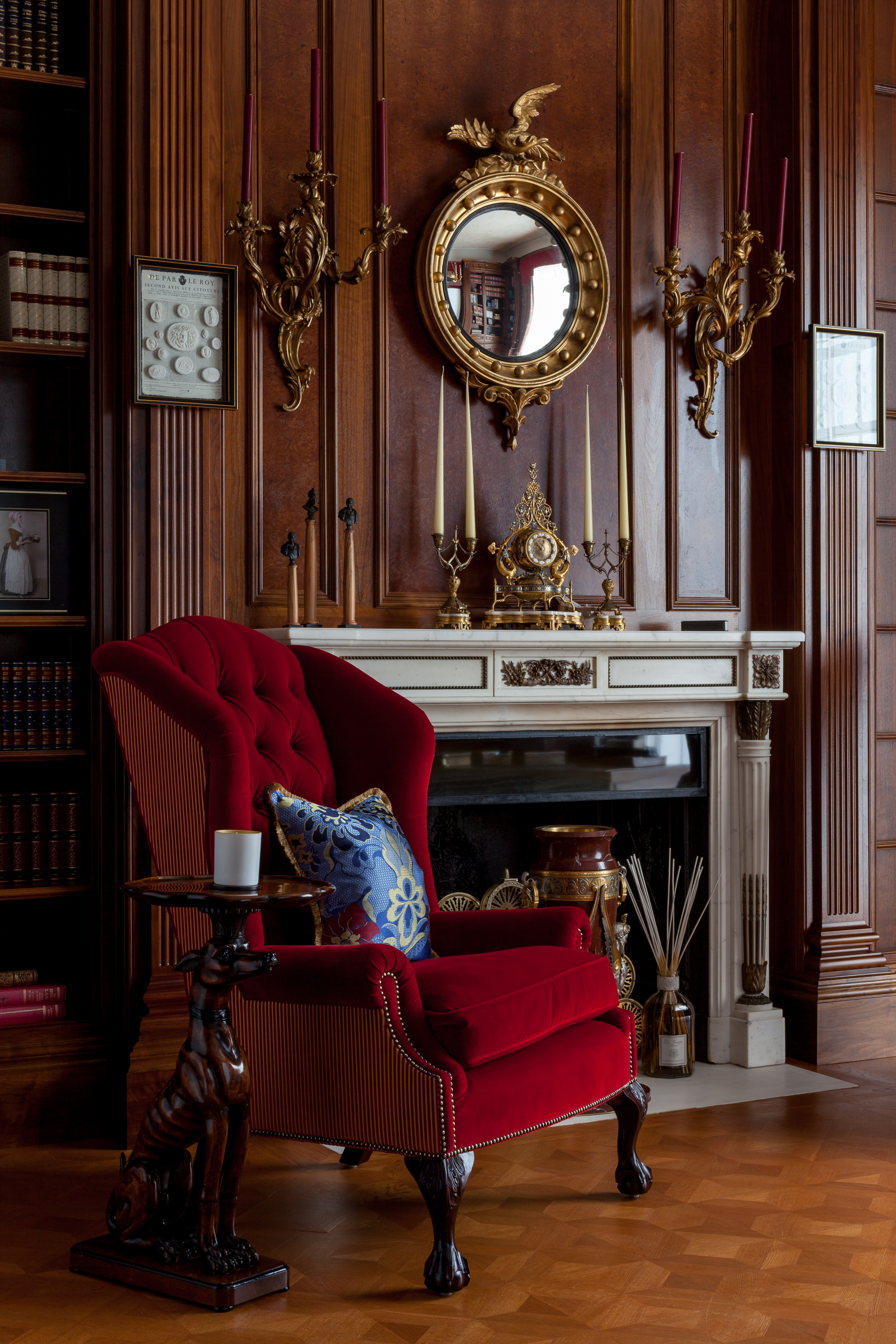
Innovative solutions for period problems
Howes and her team, however, are experts at solving period problems, with lighting designers skilled in finding alternatives to downlighters and interior architects who can creatively rethink a layout designed before the invention of the bathroom. “We’re working on an 18th century house, for example, where all the main rooms run into each other, so, to create a master-bedroom suite, we’ve linked three adjoining rooms.”
Large estates, of course, have their advantages – “it’s easier to create ‘on-site, off-site’ accommodation for guests and staff” – and, where listings permit, they offer the scope to employ the “unbelievably talented” craftsmen keeping skills like plasterwork and carving alive. “At Wallsgrove House in Essex, for instance, a Grade II listed Georgian manor where the interior had been stripped of every detail, we commissioned bespoke murals and joinery to showcase the client’s antique collection and the house’s past.”
Preserving heritage and sustainability
Increasingly, Howes’ clients are concerned about sustainability – she’s regularly asked to source eco-friendly fabrics and find alternatives to traditional fuel appliances such as her own-design electric Aga – as are Edward Rook’s purchasers. “Ten years ago, buyers never mentioned running costs. Now they aspire to net zero, which adds a further layer of cost and consent.”
A layer Giles Keating managed to break through after his 2019 acquisition of Athelhampton House in Dorset, one of the country’s finest examples of Tudor architecture. “Athelhampton has 50 rooms, a stable building with restaurant, holiday cottages and an office,” he says. “Without renewables, the energy bills would have been over £50,000 a year.”
Keating, an economist who enjoys a good number crunch, worked out that installing renewables would pay off within 12 years, but even the finest spreadsheet logic will not always convince those responsible for preserving our heritage. Athelhampton was built in the reign of Henry VII and, in the 19th century, became the inspiration for Thomas Hardy’s Far From the Madding Crowd. Both house and gardens are Grade I listed – sacred territory when it comes to alterations. Keating’s strategy was reflectively cautious.
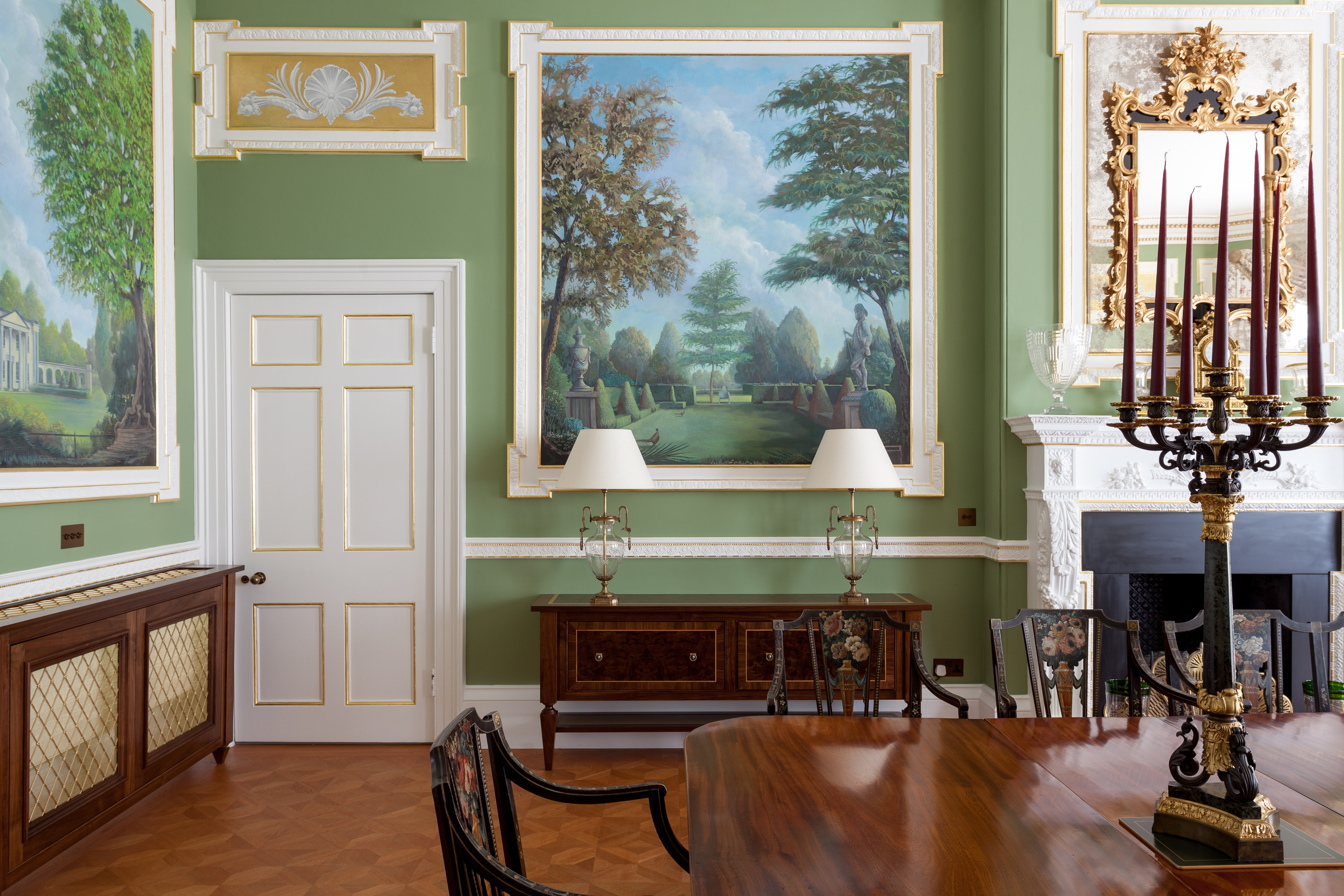
Winning the approval of planning authorities
“The most important thing was to have a really open approach to the planning authorities. We paid for a historian and designed the scheme so nothing we intended to introduce could be seen. We also used an architect with the most up-to-date knowledge and got the local community involved and interested.”
Keating was granted permission to install 400 solar panels, now located in a nearby paddock, and replicate existing metal grills in the wooden floors to allow for heating powered by ground-source heat pumps. “Our carbon emissions from energy use went from 100 tonnes a year to zero,” he says, a triumph recognised in a 2022 Energy Efficiency Award for Multi-Measure Project of the Year.
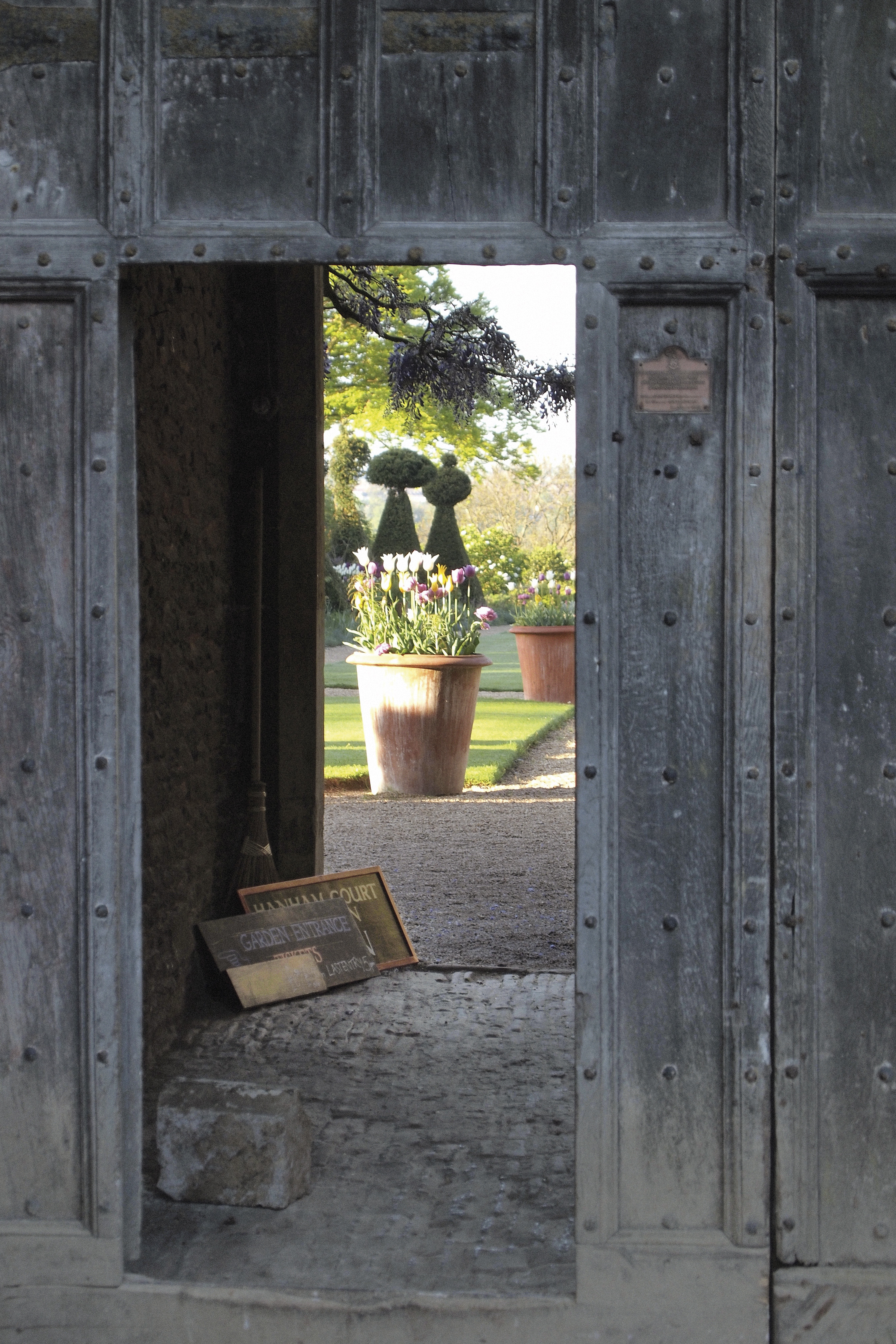
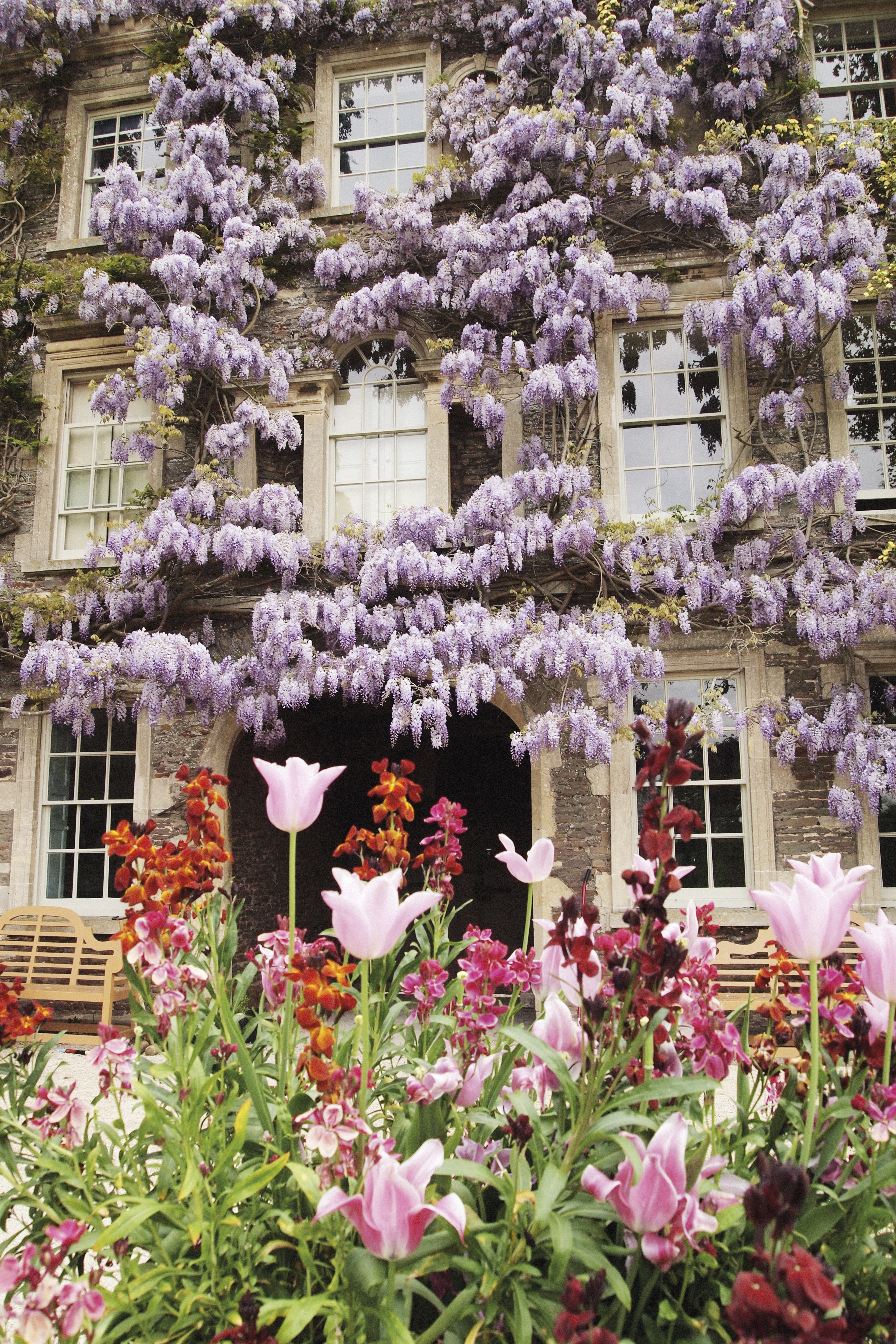
Crafting the perfect garden
Successfully bringing stakeholders onside is a critical aspect of smoothing the way to a new phase of life in a centuries-old house. Nowhere more so than in the garden, where not for nothing is the ‘crochety gardener’ an enduring archetype of English fiction. Here, the advice of leading garden designers Isabel and Julian Bannerman is: don’t act rashly.
“A good garden designer is much easier to find than a good gardener,” says Julian, wryly, considering his fellow designers. “However resistant they seem initially, once they get excited about a project they can be transformed.”
Known for their wonderfully theatrical gardens, the Bannermans have designed for the King at Highgrove and Lord Rothschild at Waddesdon, and were this year named House & Garden’s Garden Designers of the Year. They’ve also created a string of magical gardens at their own homes – Hanham Court, near Bristol, Trematon Castle in Cornwall and, currently, 15th century Ashington Manor in Somerset – so their advice for prospective purchasers is deeply rooted.
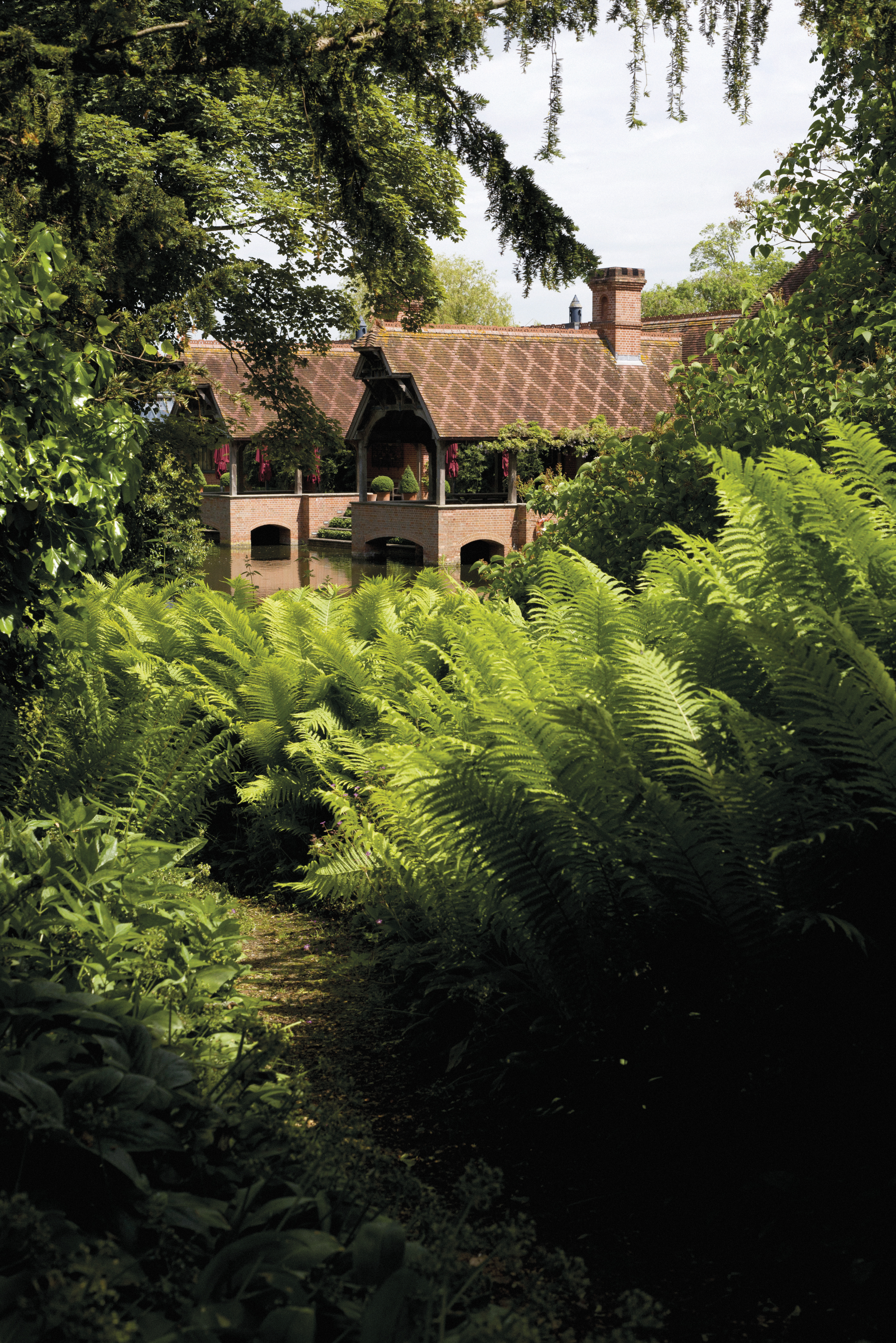
Elevating the garden
“Before you buy, think about the conditions, the aspect – how good will it be to sit out in the evening – and what direction the wind blows. Once you’ve bought, don’t do anything too quickly. An average scheme takes two or three years, but try and introduce your garden designer early on, as they will be able to advise on where it’s best for builders to bring in loads, the parking and delivery. The right garden designer will also be able to help with staffing and contacts with local farms – often difficult to source if you’re unfamiliar with an area.”
And, of course, don’t skimp on the budget. “You should be prepared to spend a lot more on the garden than on the kitchen. Gardens are often seen as the ugly sister, but they shouldn’t be.” Certainly not if the Bannermans have anything to do with them.”